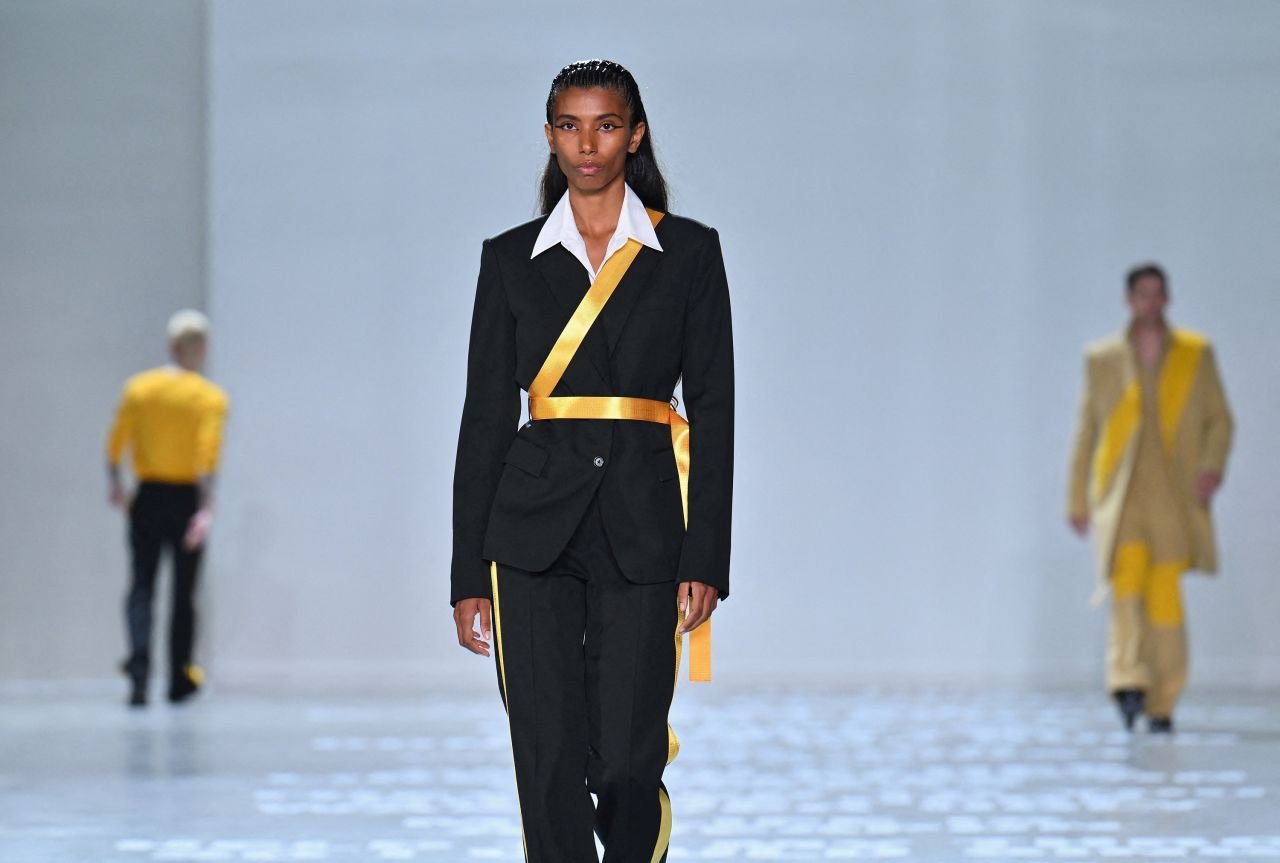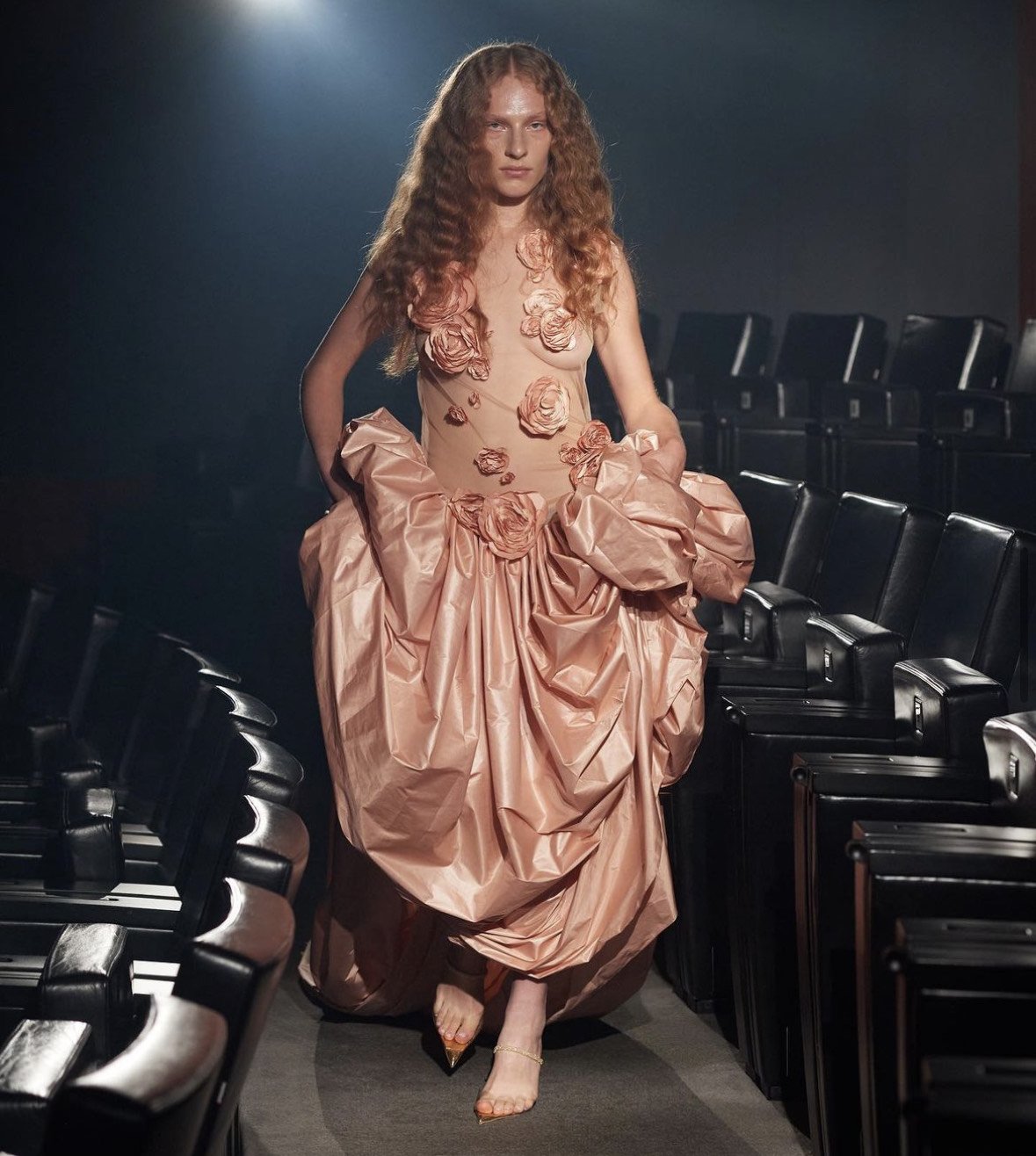Medieval Body Hair And The Curious Practice Of Forehead Plucking
Throughout history and across every single culture that has ever existed, hair has been an important part of daily life, showing your marriage status, your religious beliefs or simply just a symbol of beauty. Hair is a wondrous thing, so easily shaped and adapted to one’s desires and so it is little surprise that our ancestors did some pretty fascinating stuff with theirs! In the 21st century we are finally coming to the consensus, although painfully slowly, that body hair is natural and does not need to be removed, particularly in women. This is an idea that has been apparent through history, but also an idea that some in the middle ages would have been horrified with. In fact, our medieval ancestors had some pretty disturbing, and at times excruciating, habits and customs when it came to their locks.
Hair removal is not a new concept, even in the middle ages. There is evidence supporting the use of hair removal practices in ancient Egypt, Rome and India, with razors made of shells and sugar-based waxes being used much like today. In Rome, it was believed that the less hair you had on your body the higher up in society you were, it was a symbol of class. By the middle ages, however, the beliefs around female body hair in the western world became a bit more intense. Without meaning to dumb down our predecessors, they didn’t always have the greatest grasp on medicine and so were left to clutch at straws for explanations to things they could not yet understand. Body hair on women just didn’t make much sense to them and so concluded that female body hair must be a sign of humoral imbalance, meaning that something must be wrong. People truly believed this, with sixteenth-century Spanish physician Juan Huarte writing:
“Having a lot of body hair and a bit of beard is a clear indication of low levels of coldness and moisture… and if the hair is dark then even higher levels of heat and dryness are present. The opposite temperature creates a woman who is smooth, without beard or body hair. The woman of average levels of coldness and moisture has a little bit of hair on her body but it is light and blonde. Of course, the woman who has much body and facial hair (being of a more hot and dry nature) is also intelligent but disagreeable and argumentative, muscular, ugly, has a deep voice and frequent infertility problems.”
While body hair may have been frowned upon, women of the middle ages were able to keep the hair on their heads, but in the trends of that time. As with most of history, hairstyles have often signified socioeconomic status, marriage and religious standing. Married women were expected to keep their hair covered with a hood or veil, while young girls would wear theirs loose and long. Perhaps the most unique beauty trend to emerge from the period however, was the desire for a large forehead.
In today’s society having a big forehead, or fivehead, is considered unattractive by many and remedies include getting a fringe. It may come as no surprise to you that, much like lots of beauty trends, the basis behind this fashion was rather unseemly. The popular trend was to pluck away all traces of eyebrows and push the hairline back as far as possible creating an image that resembles that of a baby. Hairlessness was seen as pure and innocent because what else is pure and innocent and has no hair? This ideal remained popular throughout the renaissance and the reign of Elizabeth 1, with the Queen herself tweezing her own eyebrows to elongate her forehead.
Of course, the fashion of plucking one’s hair was seen as a way to attract members of the opposite sex, something the Church was widely against.
“If she has plucked hair from her neck, or brows or beard for lavisciousness or to please men... This is a mortal sin unless she does so to remedy severe disfigurement or so as not to be looked down on by her husband.” Confessionale
The true extent of female hairlessness of the time is still unknown. While it is clear from contemporary sources and portraits that this was the style for the upper classes, we cannot know for certain if the lower classes, aka the majority of the population, followed suit. What we do know, however, is that female hairlessness has been a contentious subject for thousands of years.









